An instant modern classic, the new Hyundai Inster is an all-conquering, all-electric city car
Small EVs are making big waves as the tech continues to evolve. Hyundai shows everyone else how to do it
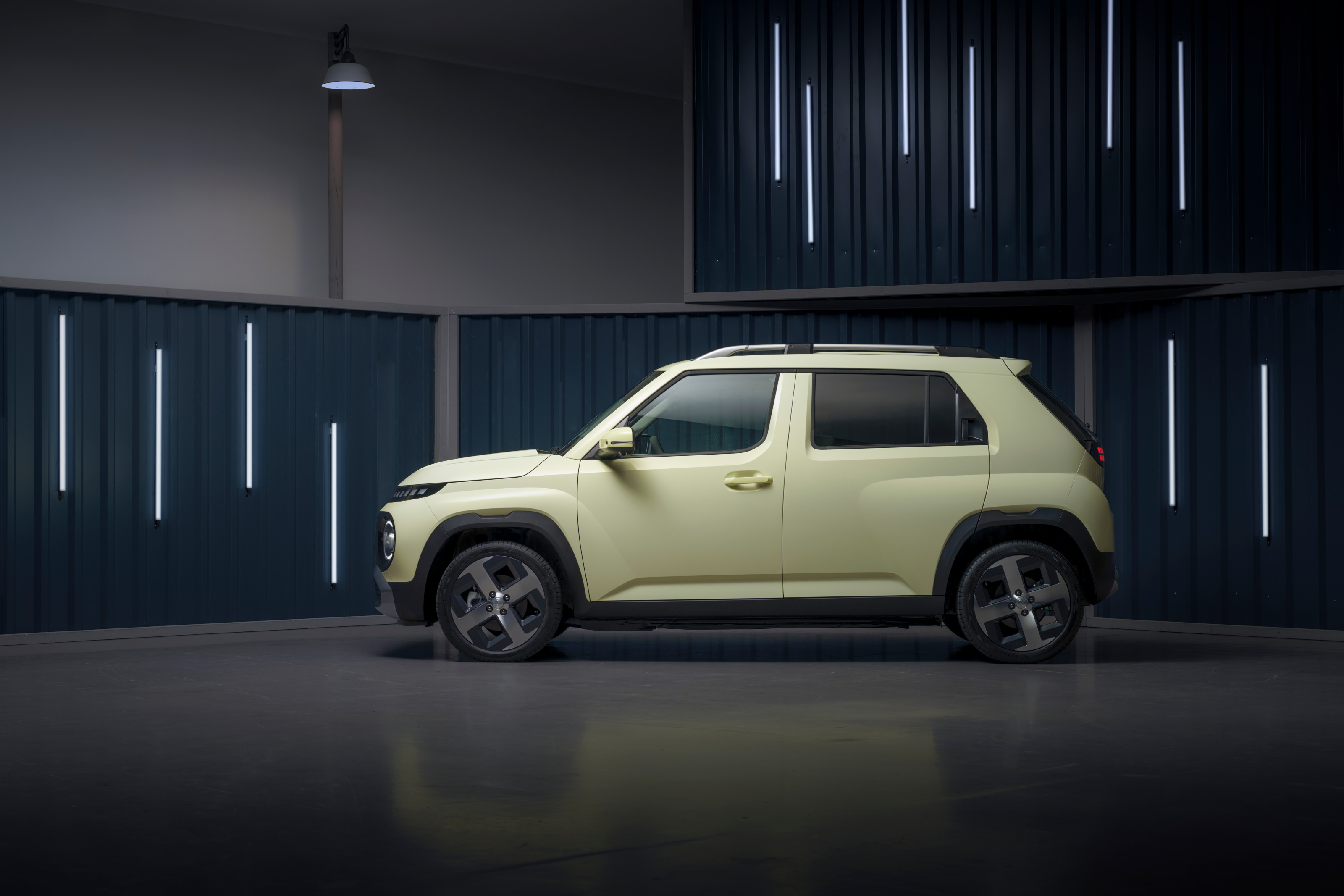
The Hyundai Inster represents the coming of age of the small electric car. Alongside rivals like the Renault 5 (and to a lesser extent the Mini E and Dacia Spring), it sets new standards for an EV designed from the ground-up to eschew combustion and focus entirely on silent, punchy electric power.
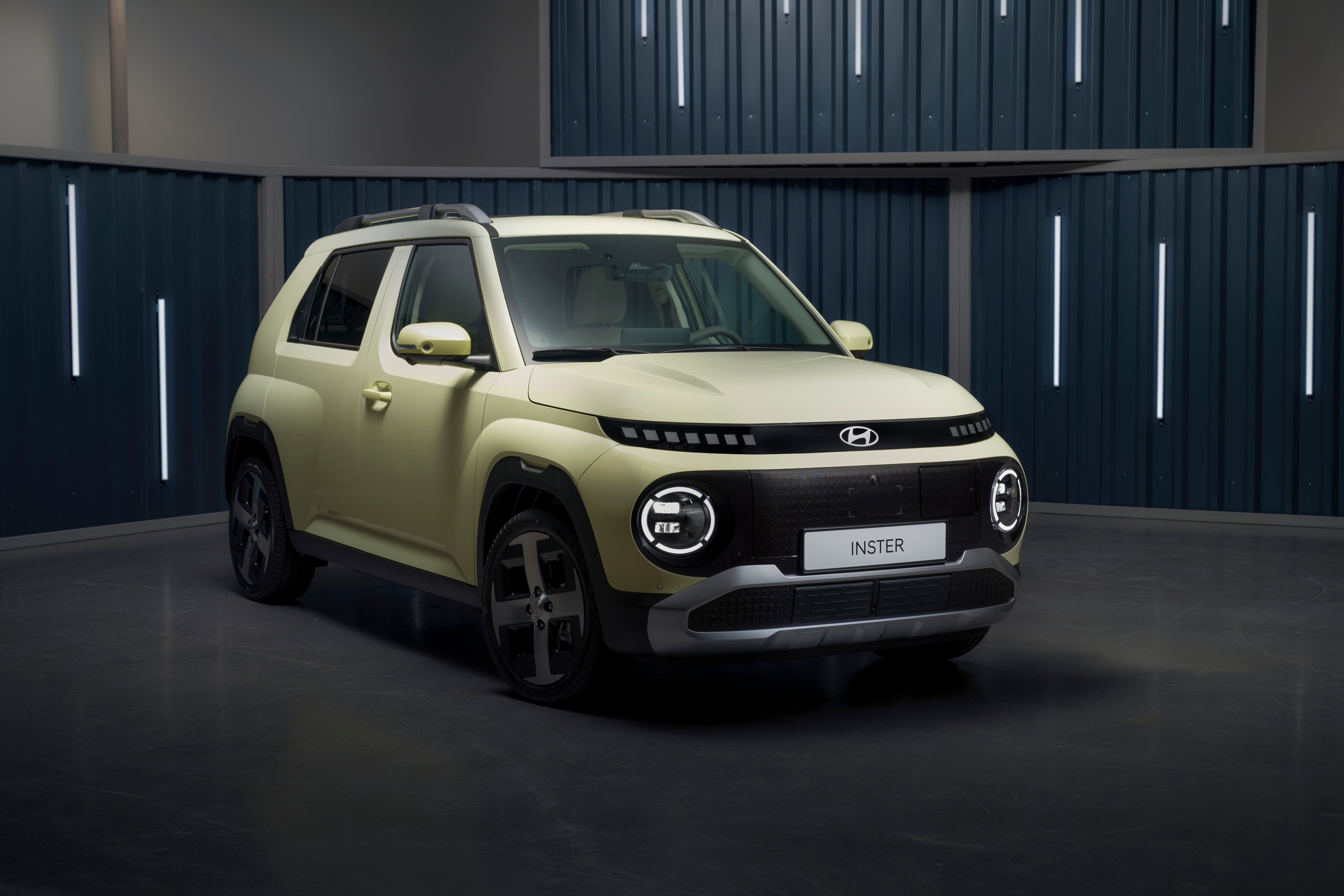
Hyundai Inster
This new small car from the South Korean manufacturer does so many things right, navigating through the peaks and pitfalls of EV design with aplomb. It’s not too big, the range isn’t too small, the interior feels special, the exterior is quirky without being retro, the accommodation is flexible, and the equipment is good. In this sense, it’s a real Goldilocks car, fully deserving of its no-compromise approach to pleasing the middle ground without being bland or unforgettable.
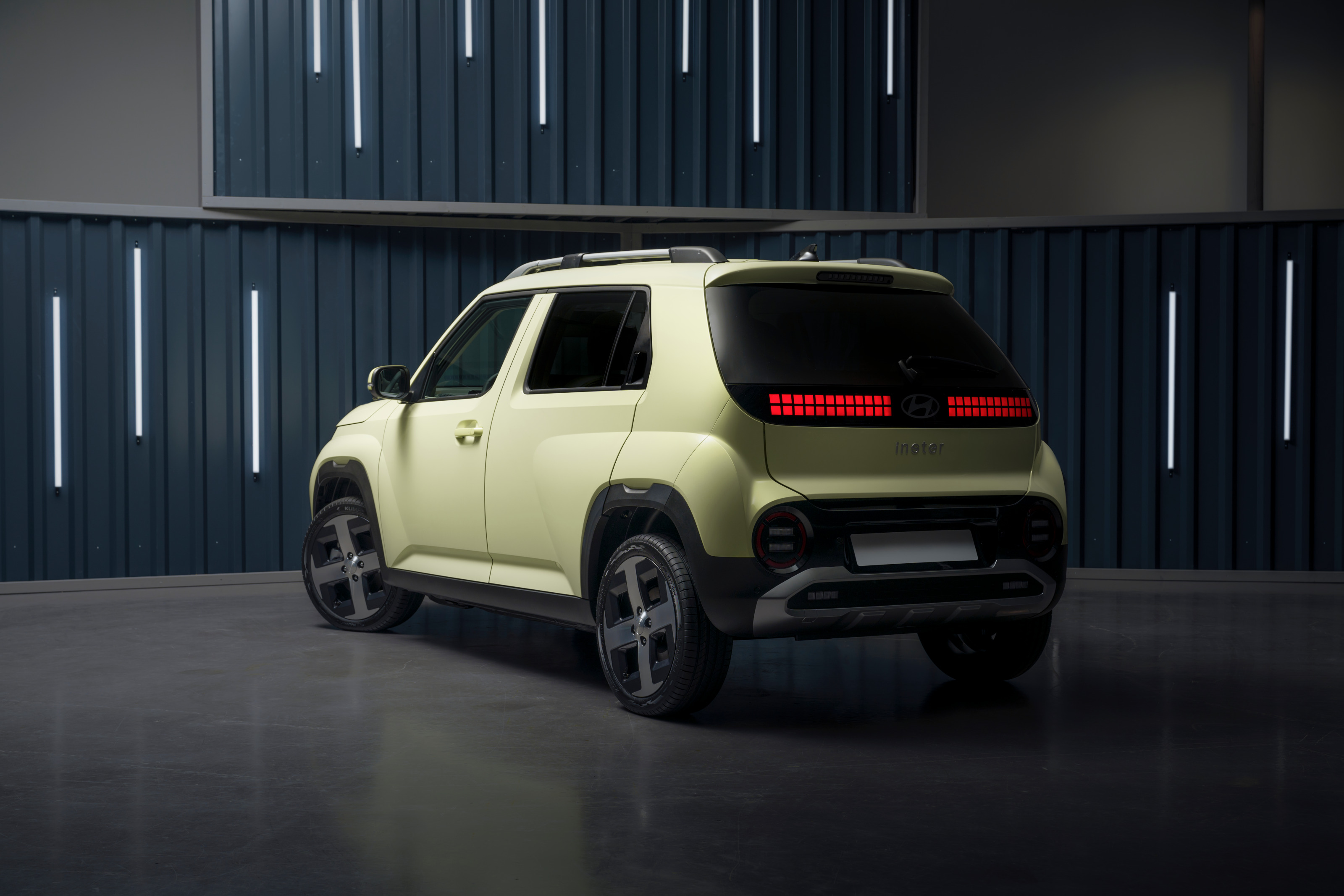
Hyundai Inster
How did Hyundai get here? With persistence of vision, we suspect. The company’s EV strategy has been shaped by its Ioniq series of EVs – Ioniq 5, Ioniq 6 and Ioniq 9 and the forthcoming Ioniq 3 – each of which is distinctly different yet shares a set of clearly defined elements. There is an element of retro, but it’s more retro-futurist than revivalist, because it looks back not to past glories but to past visions of tomorrow.
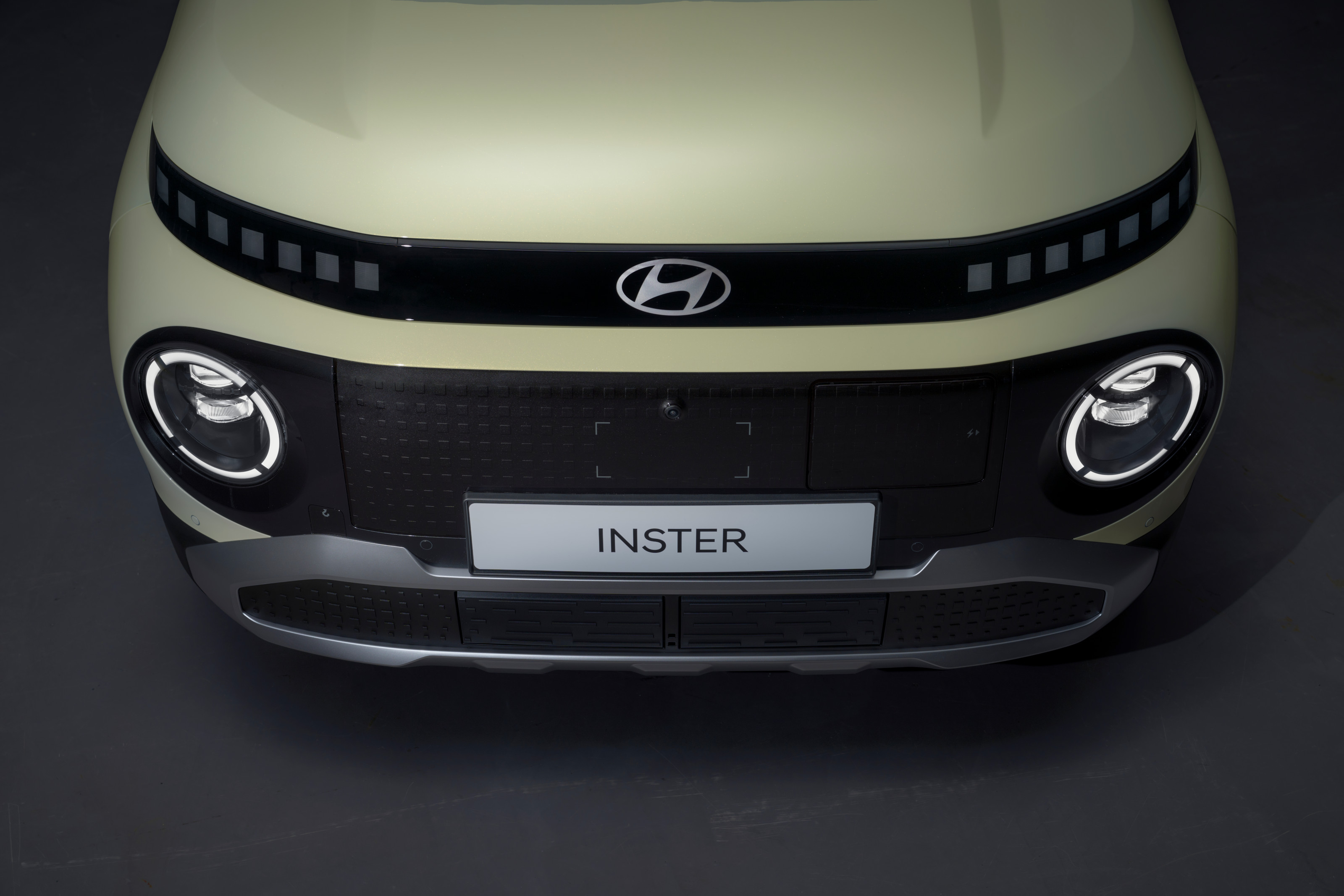
Hyundai Inster
The Inster comes out of the same tradition. It also takes some of the DNA from the large Santa Fe SUV, and compacts everything down into a city car-sized package. You’ll notice the strong graphical forms of the front and rear headlights, with the latter following the pixellated style that debuted in the Ioniq 5. At the front, round daylight running lights flank a blacked-off lower grille, with additional lights slotted into a secondary grille along with the Hyundai logo. These twin components give the car a slightly confusing ‘face’ that code switches between small SUV and compact city car. Imagine the Hyundai ‘H’ in the centre of the lower grille and the car would change character substantially.
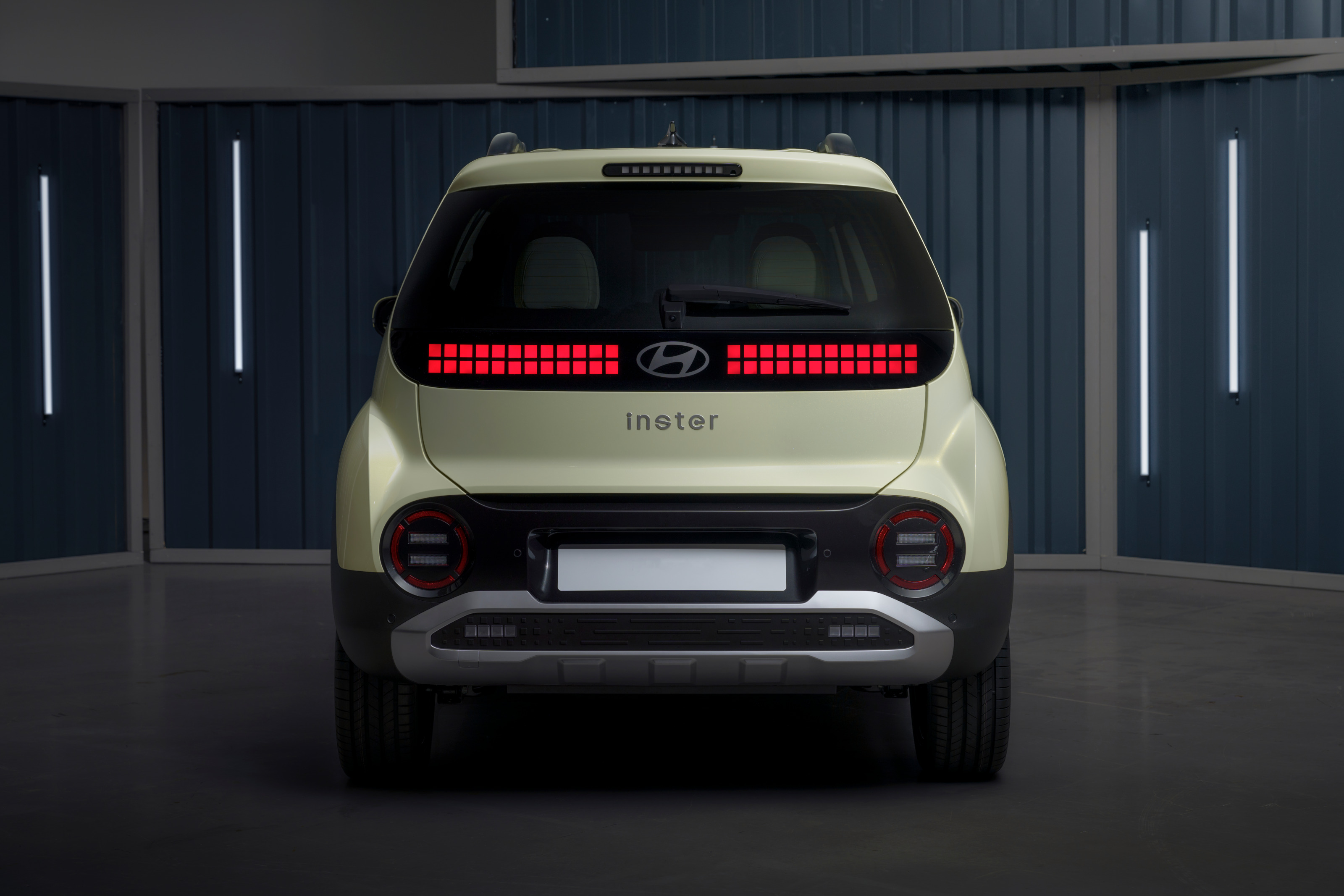
Hyundai Inster
The Inster has a tall, upright body that rises up above chunky, squared-off wheelarches, within which sit modestly sized wheels with an unusual cross-style design. It’s a four-door, but the rear handles are hidden in the dark depths of the C-pillar, while the front door handles are body-coloured and defiantly prominent – no retracting or hidden units here. A distinct gutter at the top of the door above the B-pillar separates the physical form of the roof from the body, giving the car a utilitarian feel, further emphasised by a pair of roof bars.
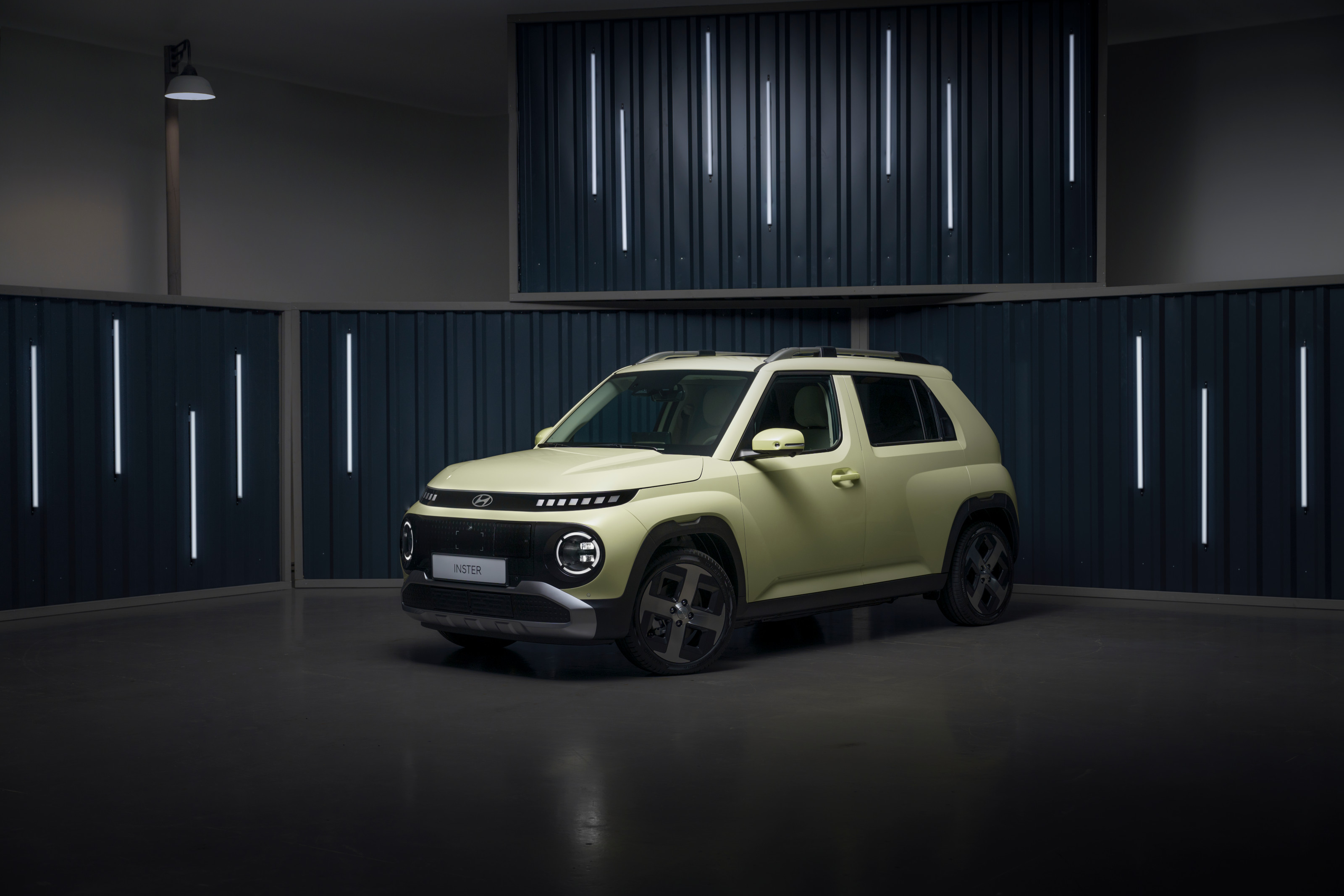
Hyundai Inster
There’s a welcome absence of gimmicky assistants and avatars
Another purely positive attribute is the Inster’s interior, an eclectically assembled but still ergonomically sound space that does everything right. Screens are bolstered by physical buttons, including an actual volume knob. Vents too resemble something you might have seen in a car from the 1980s and they’re all the better for it. There’s also a welcome absence of gimmicky assistants and avatars, something that other small car makers seem to think is a shortcut to creating personality.
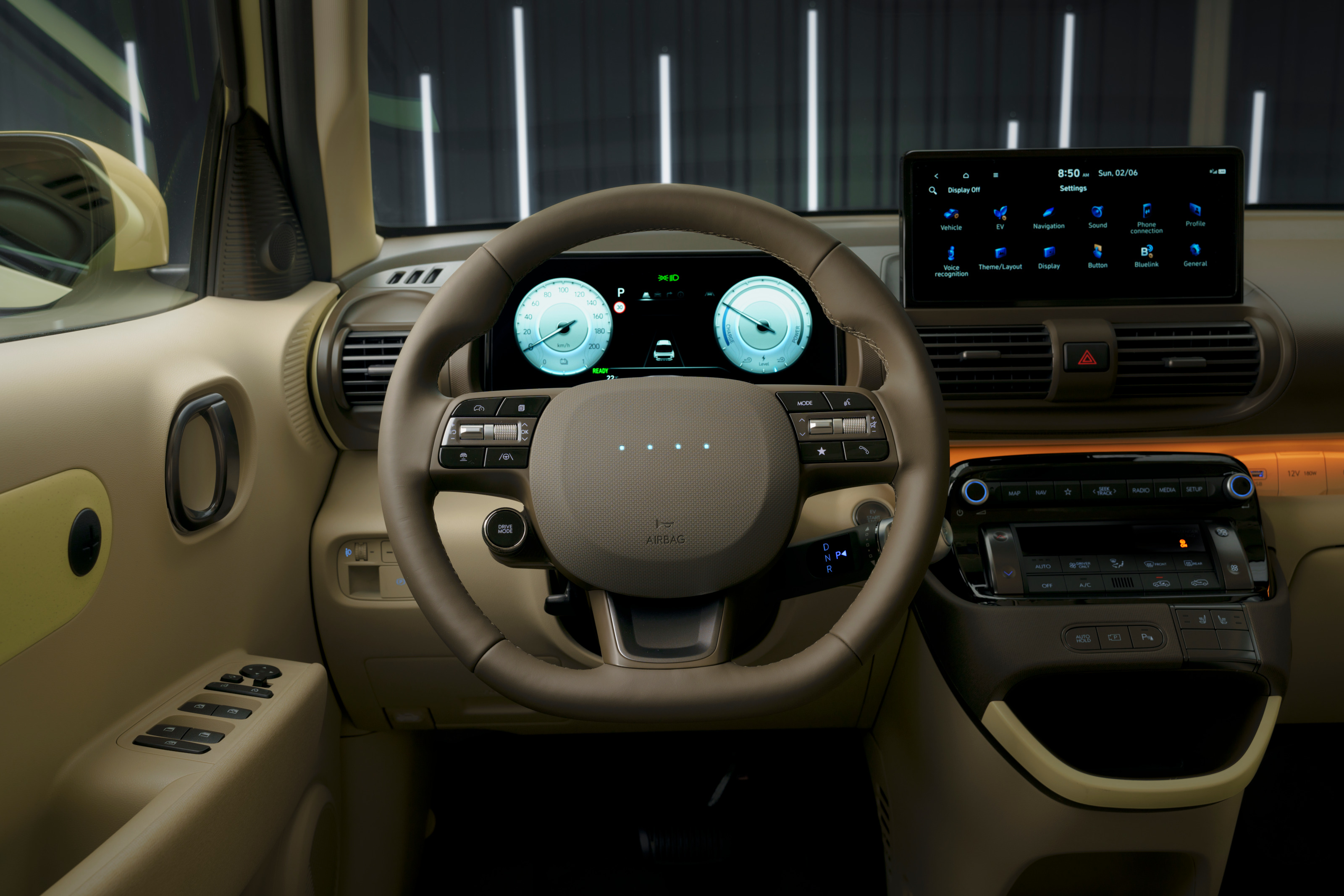
Hyundai Inster
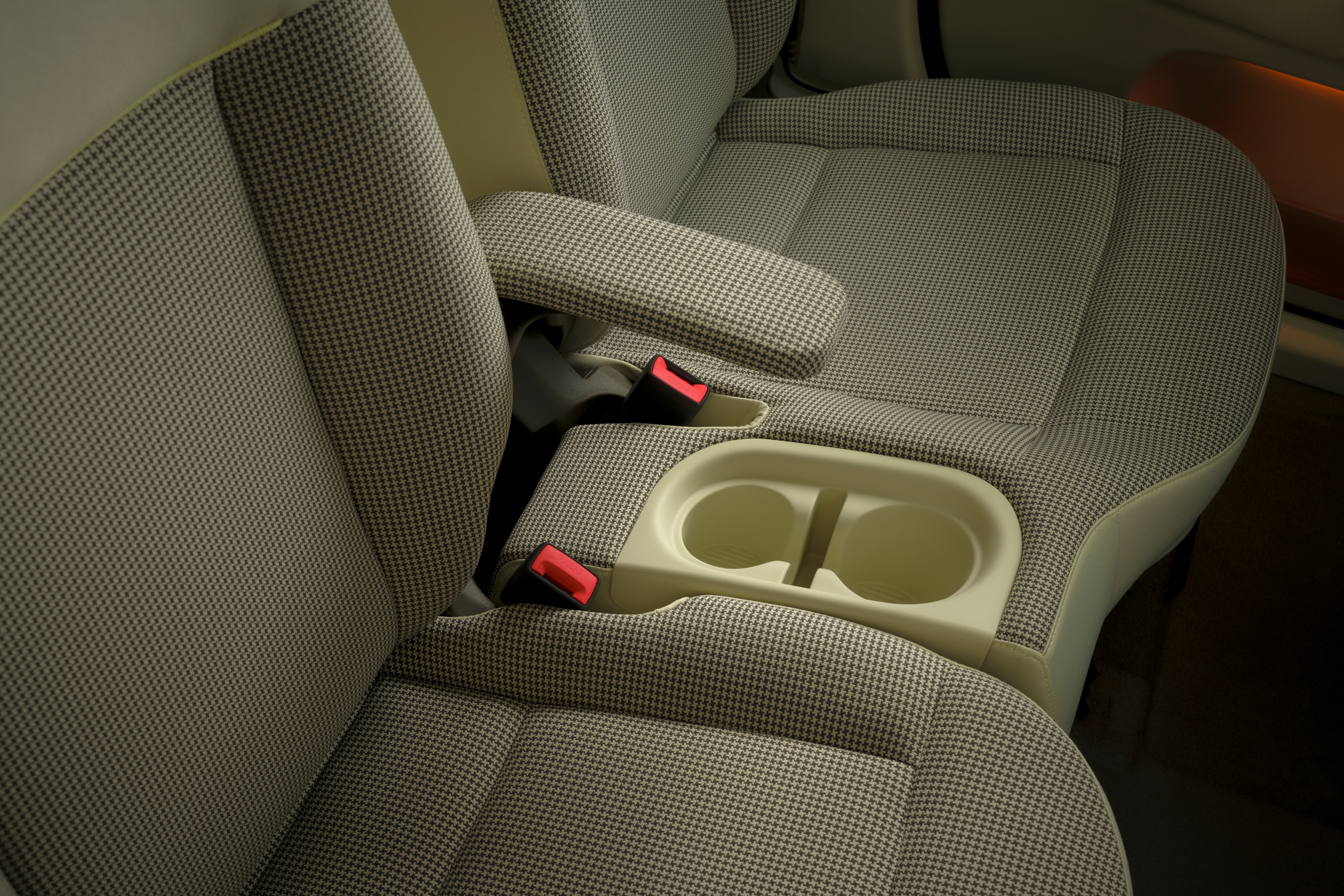
Hyundai Inster front bench
Upholstered in a fetching houndstooth fabric, the Inster also scores points for its idiosyncratic front ‘bench’, with integrated cupholders and an armrest. In addition, all four seats fold flat, transforming the interior into an extremely spacious load lugger or even a bed. The rear seats can slide backwards and forwards to maximum boot space, another piece of practical mechanical design that is a pure functional win.
Receive our daily digest of inspiration, escapism and design stories from around the world direct to your inbox.
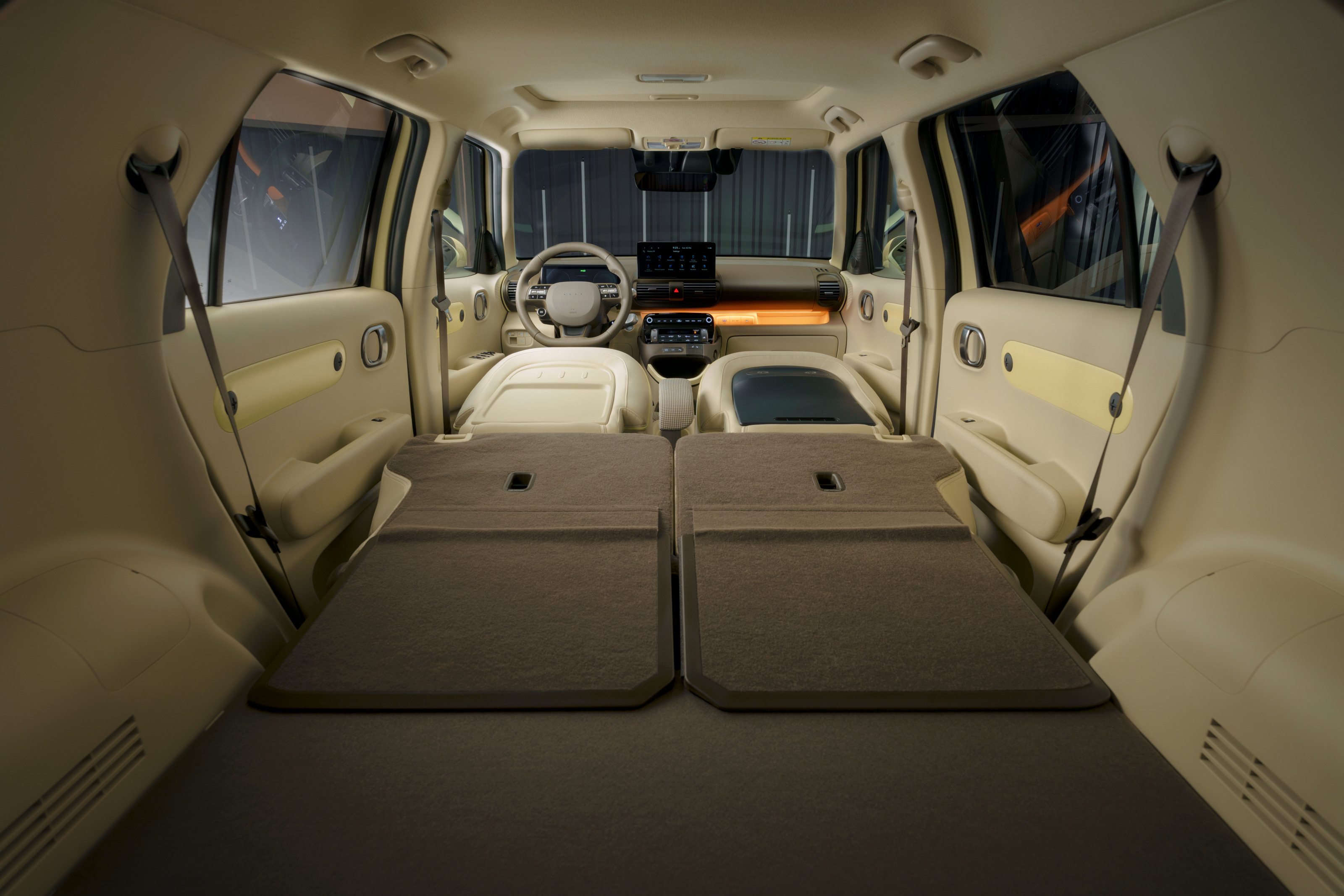
Hyundai Inster, with fold flat interior
The simplicity and utility is rounded off by the array of plugs and sockets inside the car, including wireless charging and even a conventional UK three-pin plug. Sockets are set at high level, in the illuminated shelf that runs along the dash, and at floor level, below a couple of useful cubbyholes.
The Hyundai Inster is an easy car to recommend. The fact that the design is so well considered, inside and out, is icing on the cake
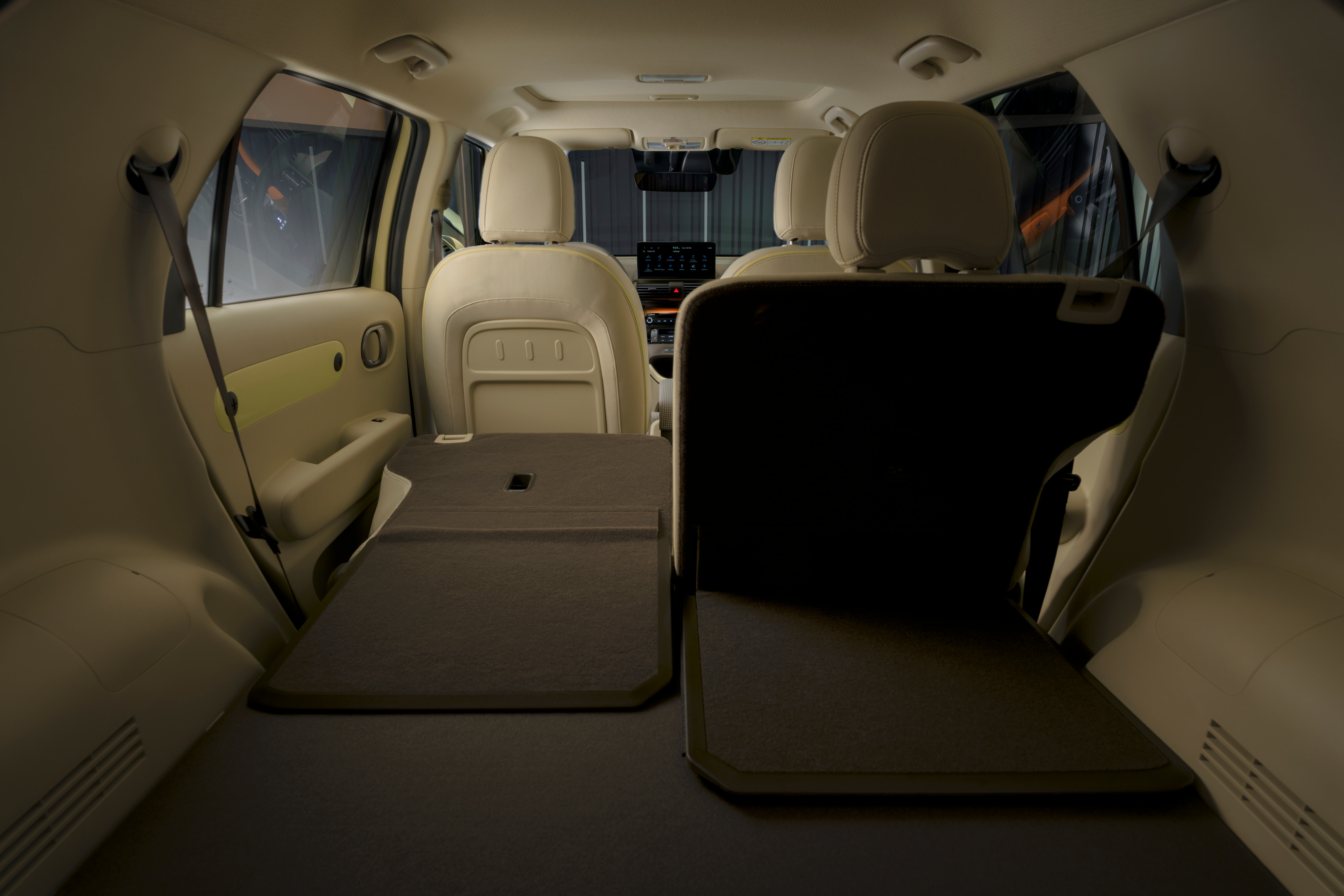
Hyundai Inster interior
At just over 3.8m long and 1.6m wide, the little Inster is excellent around town. It’s also perfectly accomplished to drive on the highway, with the useful urge of electrification readily available. Overall, it’s nippy but not sporty (leaving space for a high-powered version should the market demand it) and encourages smooth and economic driving. The cheapest Inster 01 model also offers the greatest range, thanks to its 15-inch wheels, at 229 miles. That’s not great, given that our real-world results were less than 200, but as a self-proclaimed city car, it’s hardly a deal breaker.
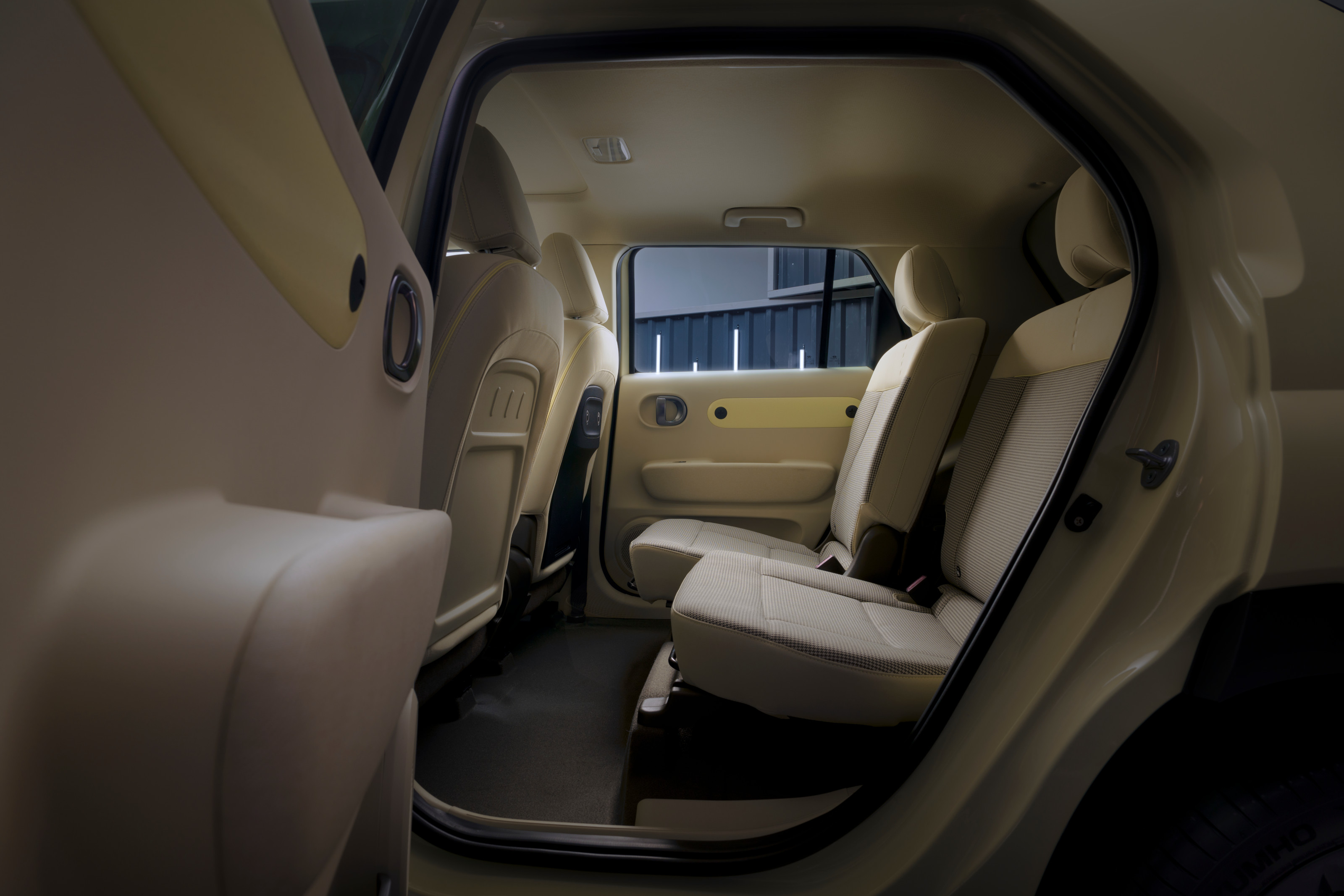
Hyundai Inster interior
The range topper is the Inster Cross, which adds more rugged trim and larger wheels and between them sit the Inster 02 – the model we drove. This gets the fold-flat seat arrangement, as well as heated front seats and LED projection headlights, among other improvements.
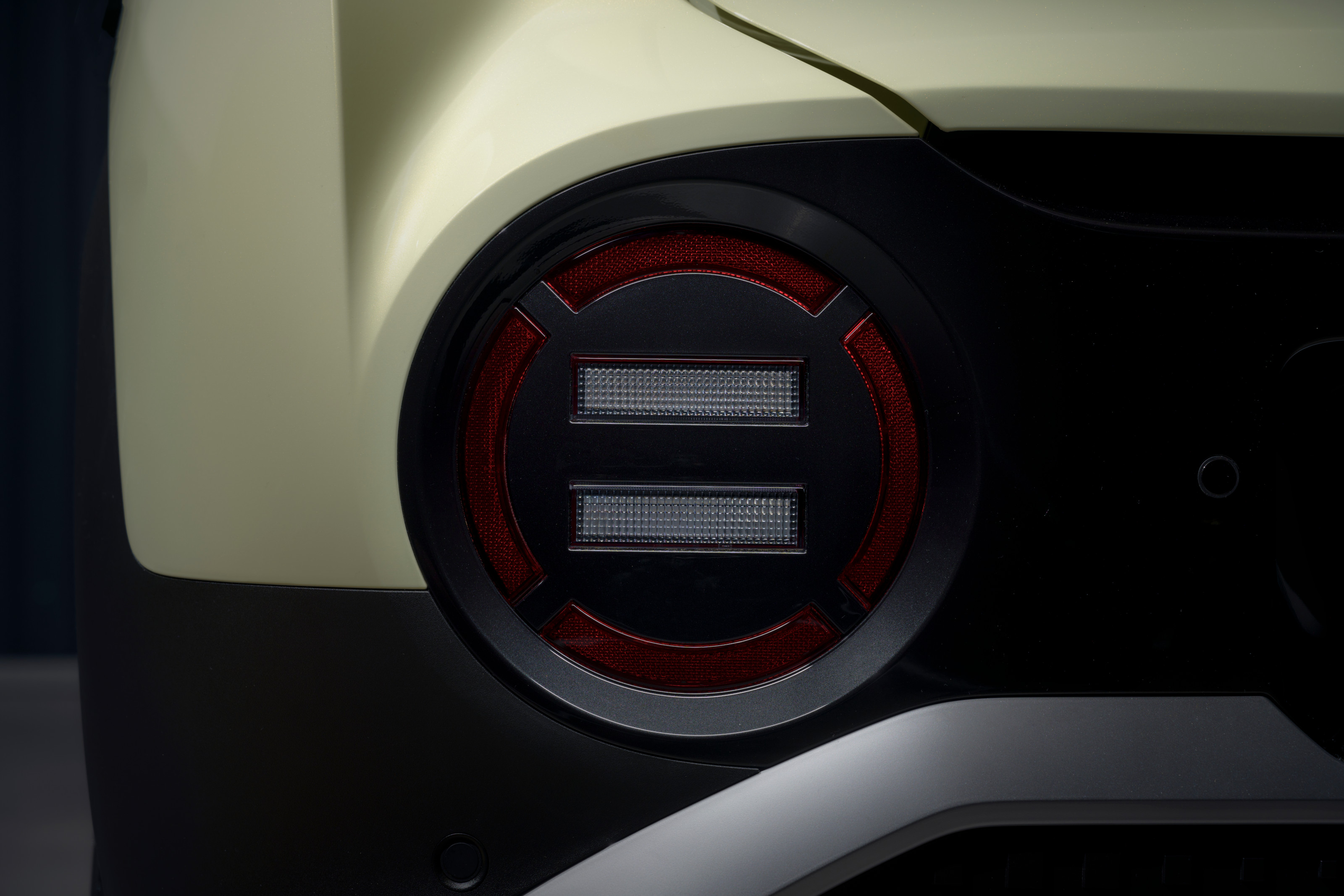
Hyundai Inster front lights
The Hyundai Inster is an easy car to recommend. The company’s excellent reputation for reliability, as well as its now extensive experience with EVs, should make this little machine trouble-free to own as well as practical. The fact that the design is so well considered, inside and out, is icing on the cake.

Hyundai Inster
Hyundai Inster, from £23,505, Inster Cross from £28,755, Hyundai.com
Jonathan Bell has written for Wallpaper* magazine since 1999, covering everything from architecture and transport design to books, tech and graphic design. He is now the magazine’s Transport and Technology Editor. Jonathan has written and edited 15 books, including Concept Car Design, 21st Century House, and The New Modern House. He is also the host of Wallpaper’s first podcast.
-
 Is the Waldorf Astoria New York the ‘greatest of them all’? Here’s our review
Is the Waldorf Astoria New York the ‘greatest of them all’? Here’s our reviewAfter a multi-billion-dollar overhaul, New York’s legendary grand dame is back in business
-
 Colleen Allen’s poetic womenswear is made for the modern-day witch
Colleen Allen’s poetic womenswear is made for the modern-day witchAllen is one of New York’s brightest young fashion stars. As part of Wallpaper’s Uprising column, Orla Brennan meets the American designer to talk femininity, witchcraft and the transformative experience of dressing up
-
 A new Korean garden reimagines tradition for the 21st century
A new Korean garden reimagines tradition for the 21st centuryThe new Médongaule Korean Gardens in Gyeonggi Province explore the country’s rich tradition; within it, the Seongok Academy Building provides a layered spatial experience drawing on heritage and a connection with nature
-
 The future of off-road is encapsulated in Hyundai’s rugged Crater Concept
The future of off-road is encapsulated in Hyundai’s rugged Crater ConceptAn exploration of the future form of Hyundai’s XRT sub-brand, the Crater Concept is designed to roam where no one else goes
-
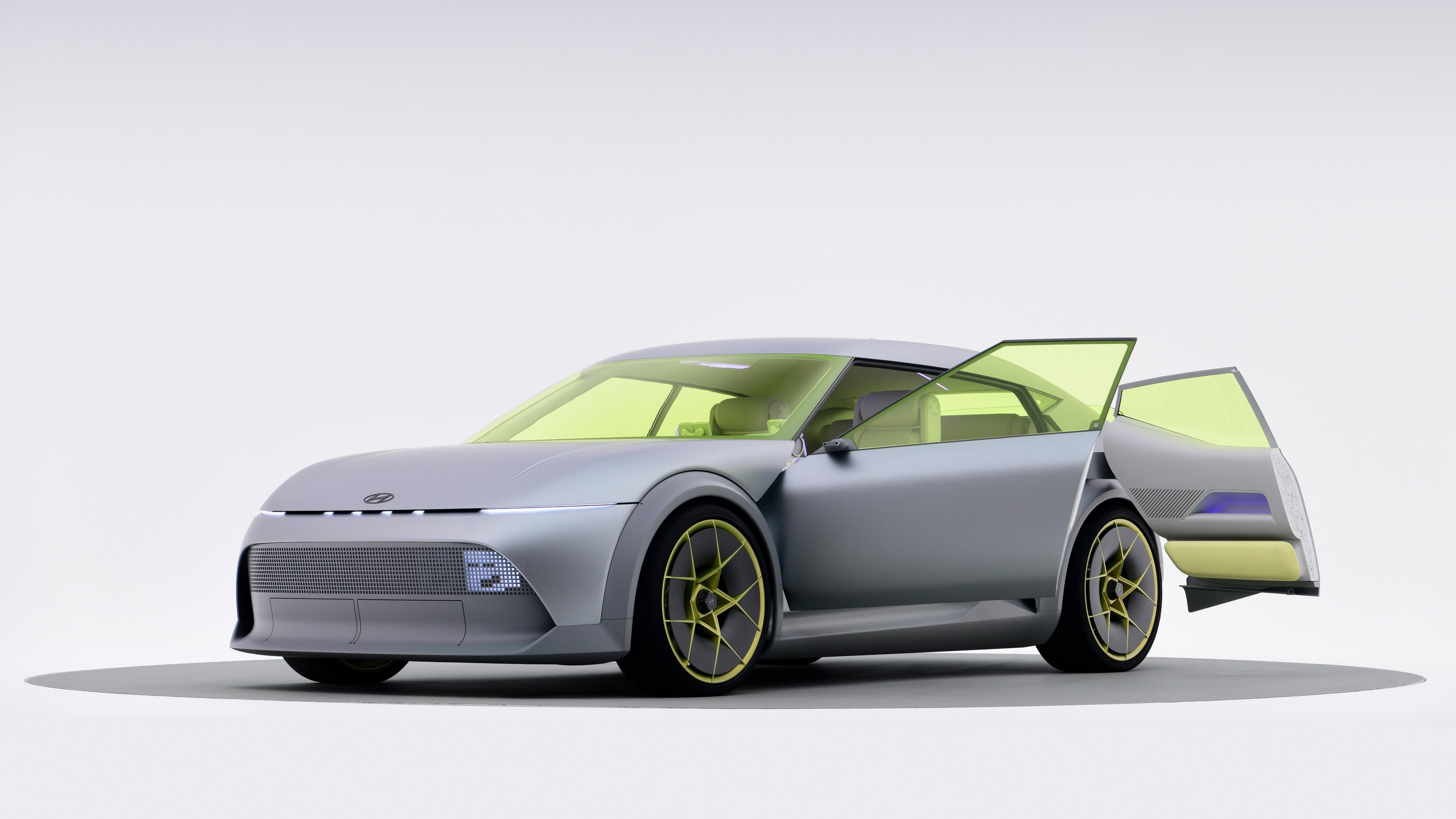 All the new electric cars and concepts revealed at Munich’s IAA Mobility 2025
All the new electric cars and concepts revealed at Munich’s IAA Mobility 2025Munich’s alternative motorshow is now in its third iteration, combining a traditional exhibition space with a conference and large-scale public activations on the streets of the city
-
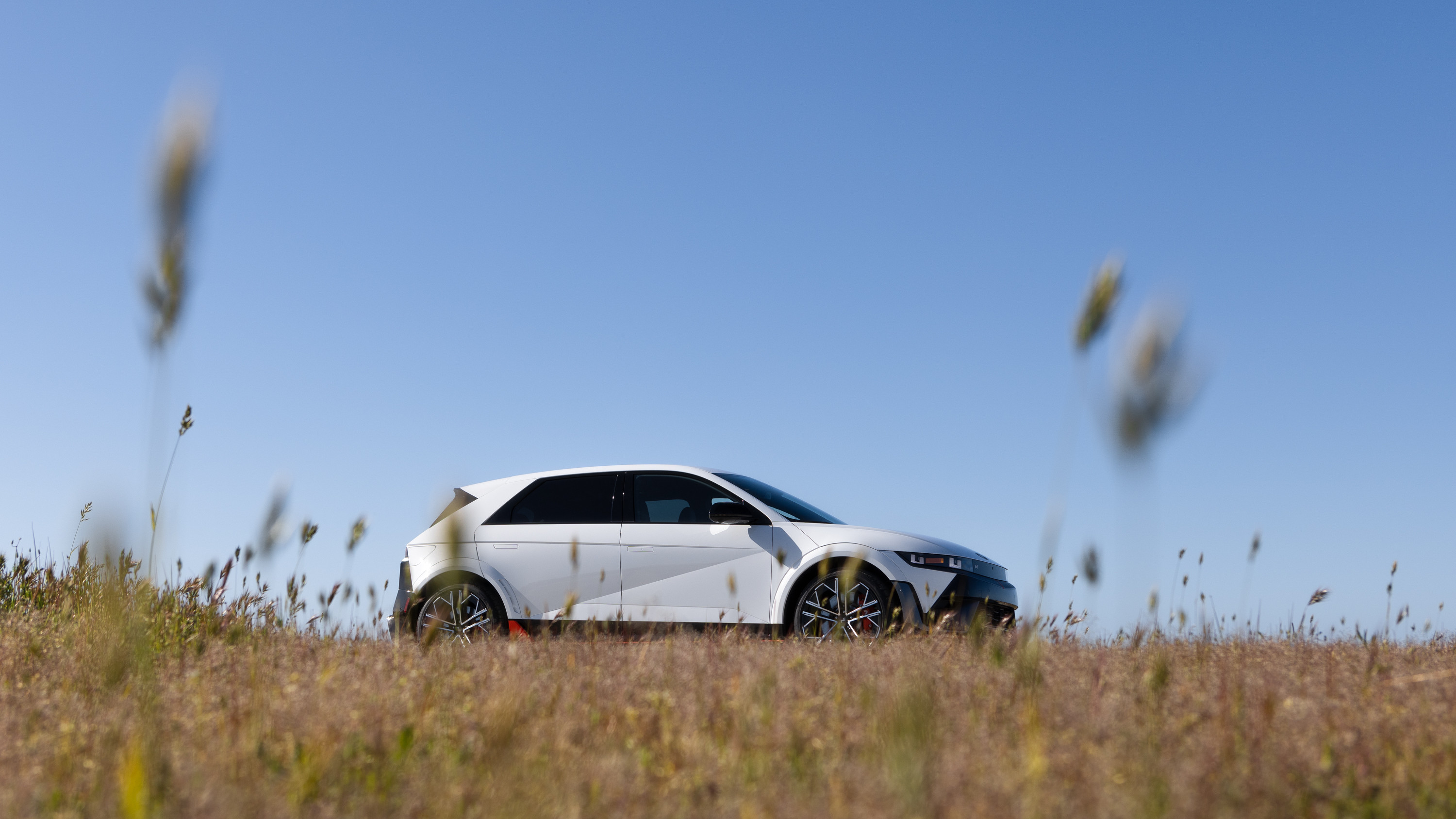 The raucous Hyundai Ioniq 5N EV has the sound and feel of an old school sports car
The raucous Hyundai Ioniq 5N EV has the sound and feel of an old school sports carHyundai is an unlikely saviour of the sporting EV, finding new ways of transforming the sheer power of electrification into an engaging, albeit old school, driver’s car
-
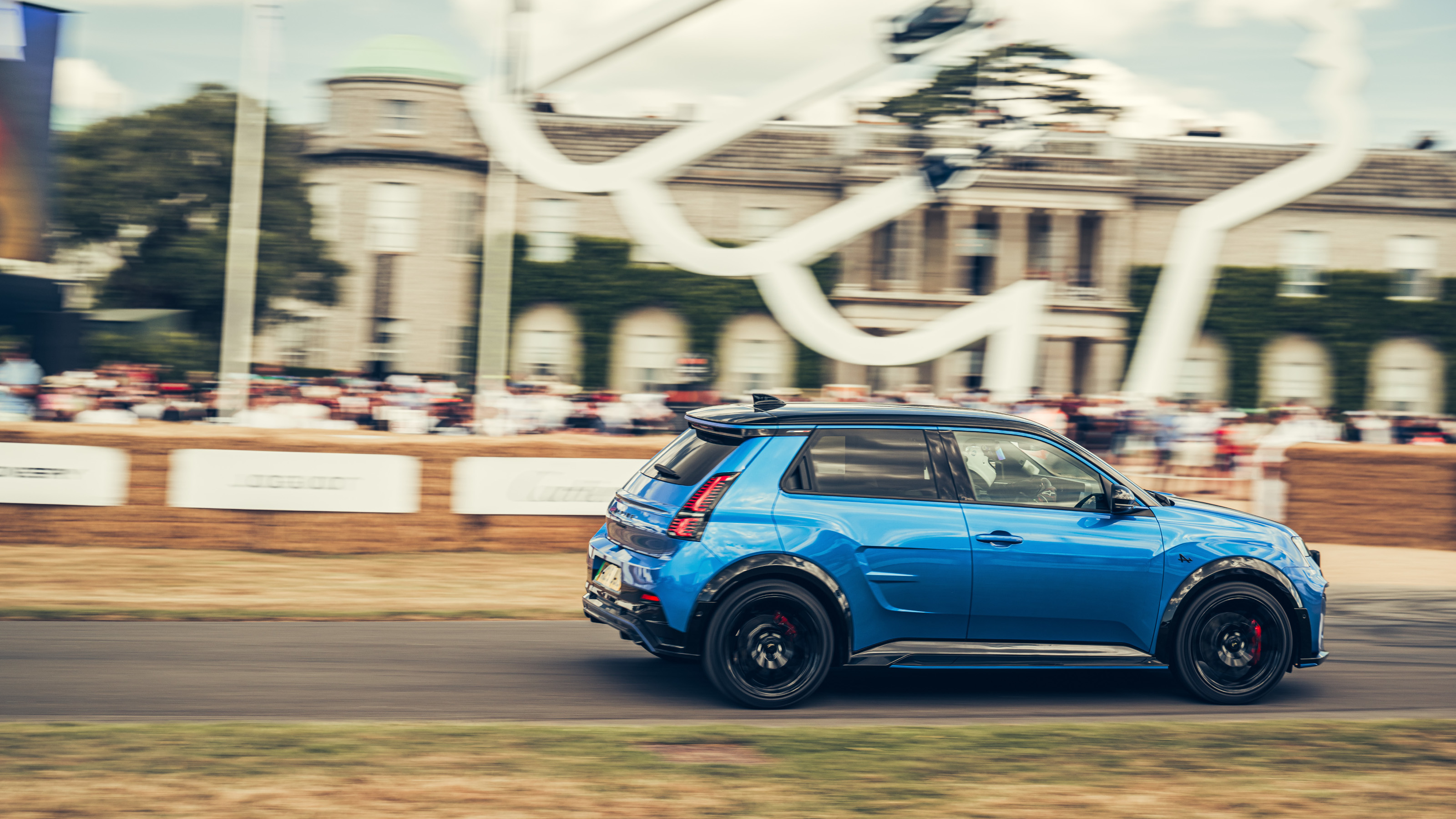 All the best bits from Goodwood Festival of Speed 2025
All the best bits from Goodwood Festival of Speed 2025As car makers switch their allegiance to the sunny West Sussex countryside as a place to showcase their wares, a new generation of sports cars were sent running up that famous hill
-
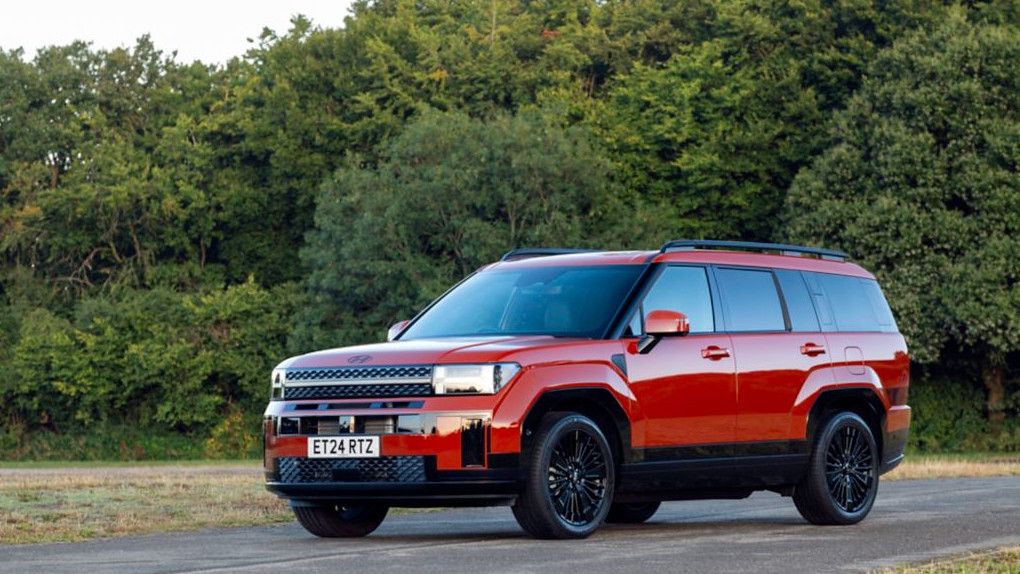 Comfort, kit and enduring aesthetics make the Hyundai Santa Fe utilitarian and upmarket
Comfort, kit and enduring aesthetics make the Hyundai Santa Fe utilitarian and upmarketTough looks conceal premium features as Hyundai takes its plug-in hybrid SUV upmarket. Wallpaper* tries out the stylish new South Korean 7-seater
-
 Our pick of the reveals at the 2025 New York Auto Show, from concept SUVs to new EVs
Our pick of the reveals at the 2025 New York Auto Show, from concept SUVs to new EVsInterest in overseas brands remained strong at this year’s NY Auto Show despite the threat of tariffs designed to boost American-owned brands
-
 2025 Seoul Mobility Show report: all that's new and notable
2025 Seoul Mobility Show report: all that's new and notableOpened at a time of high national drama, the 2025 Seoul Mobility Show has gone on to underscore Korea’s place at the cutting edge of the auto industry. Guy Bird was there
-
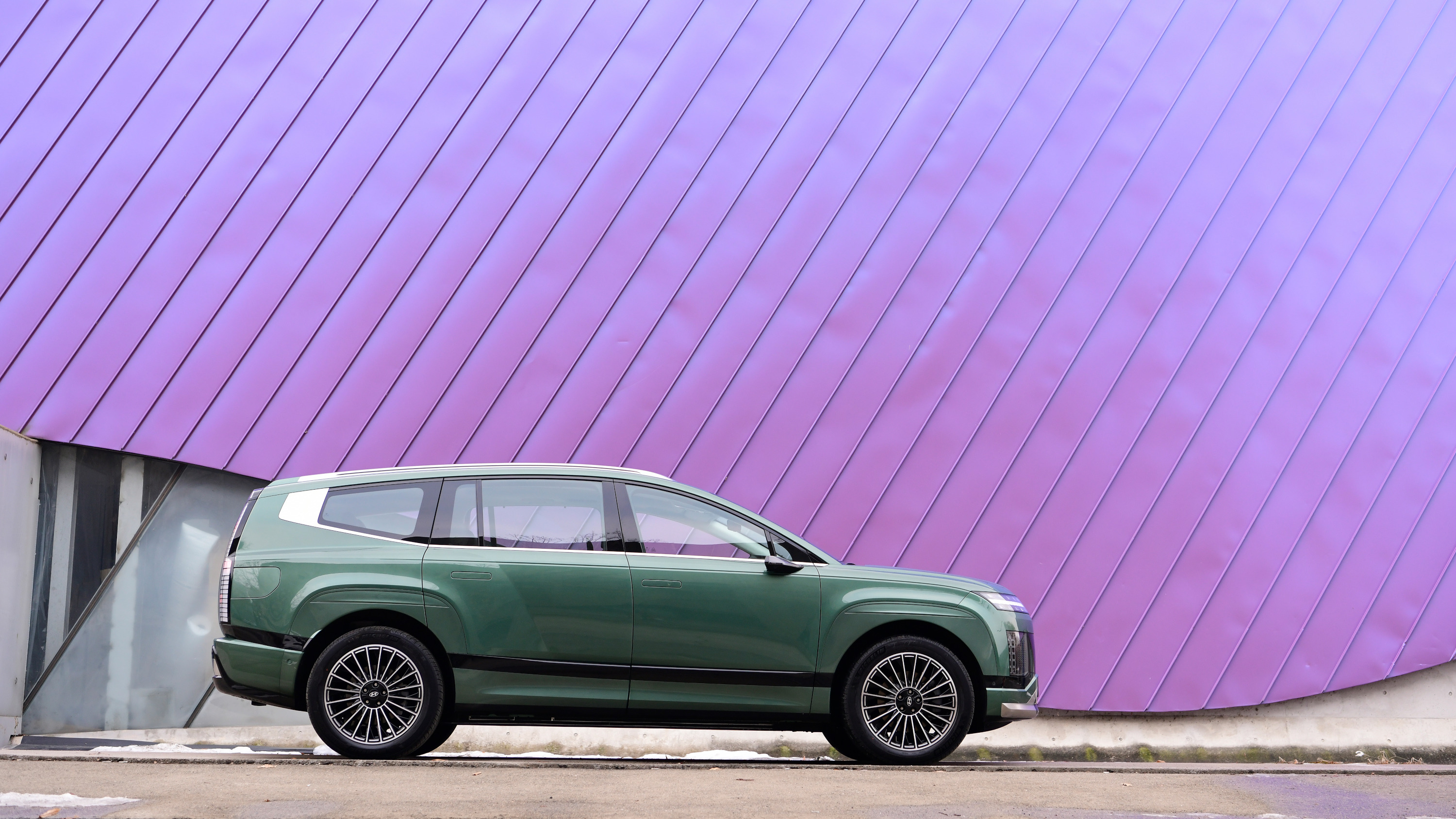 Long-range, refined and spacious, the new Hyundai Ioniq 9 is like a private jet on wheels
Long-range, refined and spacious, the new Hyundai Ioniq 9 is like a private jet on wheelsWallpaper* takes the Ioniq 9 on an electric road trip from Seoul to Busan to explore Hyundai’s newest and largest EV to date